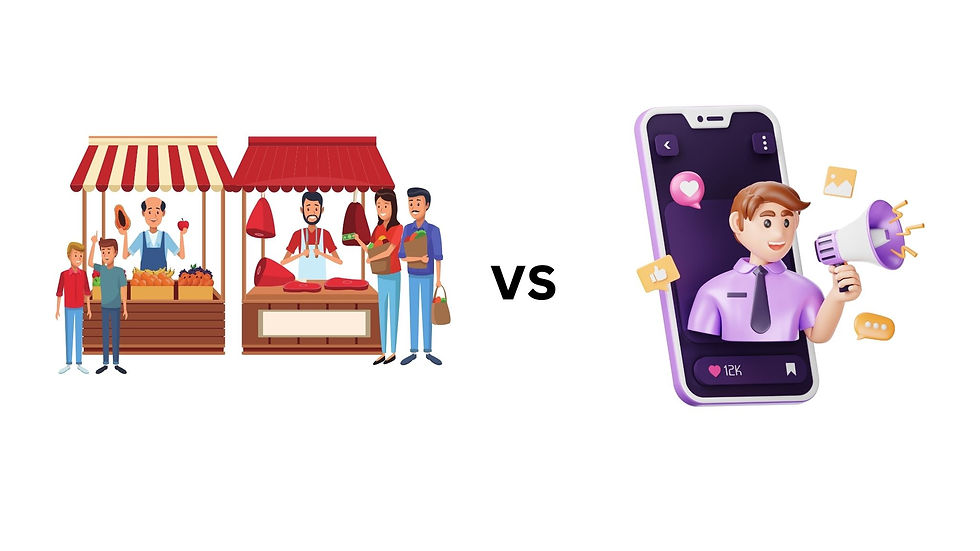Ai and Photography
- Juneffer Binti Sabastian Goh
- May 14
- 3 min read
How AI is Transforming The Art Of Capturing Moments


Photography has always been about capturing the world through a lens, blending technical skill with creative vision. This art form is revolutionizing with the rise of artificial intelligence (AI). From enhancing image quality to automating creative processes, AI reshapes how photographers work and experience photos. Let’s explore how AI transforms photography and what it means for amateurs and professionals.
AI-Powered Image Enhancement
One of the most noticeable impacts of AI in photography is its ability to enhance images automatically. Tools like Adobe Lightroom’s AI-driven features or Google Photos’ editing suite can adjust lighting, contrast, and colors with a single click. These tools analyze thousands of images to understand what makes a photo visually appealing, applying those principles to your shots.
For example, AI can:
Remove noise: Algorithms clean up grainy images in low light, preserving details that older methods couldn’t.
Sharpen details: AI upscaling can turn a low-resolution image into a crisp, high-quality one, useful for enlarging old photos or improving smartphone shots.
Auto-retouch portraits: AI makes portrait editing faster without requiring manual adjustments, from smoothing skin to whitening teeth.
This democratization of high-quality editing means anyone with a smartphone can produce professional-looking photos, leveling the playing field for hobbyists.
Computational Photography in Smartphones
Smartphone cameras rely heavily on AI, also known as computational photography. Modern phones, such as the iPhone or Google Pixel, utilize AI to process images in real time, combining multiple shots into a perfect image. Features like Night Mode, HDR (High Dynamic Range), and Portrait Mode are powered by AI algorithms that:
Stitch together exposures for better dynamic range.
Detect faces or objects to apply selective focus (bokeh effects).
Optimize low-light shots by analyzing and enhancing pixel data.
Google’s Pixel phones, for instance, use AI to predict and enhance colors in real time, making sunsets pop or skin tones look natural. This has made high-quality photography accessible to billions, as you no longer need a DSLR to capture stunning images.
AI in Creative Photography
Beyond technical enhancements, AI is pushing creative boundaries. Tools like DALL·E or MidJourney allow photographers to generate new visuals from text prompts, blending photography with digital art. For example, a photographer might input “a surreal forest at twilight with glowing mushrooms” and use the generated image as inspiration or a base for further editing.
AI also helps with:
Style transfer: Apply the aesthetic of a Van Gogh painting or a vintage film look to your photos.
Background replacement: Swap out a dull sky for a dramatic one or place subjects in entirely new environments.
Generative fill: Tools like Adobe Photoshop’s Generative Fill let photographers seamlessly remove unwanted objects or add new elements.
These tools empower photographers to experiment with ideas that would’ve taken hours or been impossible without advanced skills.
AI in photography isn’t about replacing artists but expanding their toolkit. It challenges us to rethink creativity, ethics, and accessibility. As we navigate this new era, the goal is clear: harness AI’s potential while preserving the heart of photography—the human story behind every frame.
Whether a seasoned pro or a casual shutterbug, AI invites you to experiment, innovate, and see the world through a new lens. The shutter clicks, but the soul behind it? That’s all you.



Comments